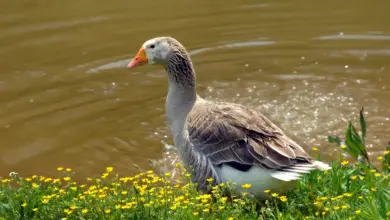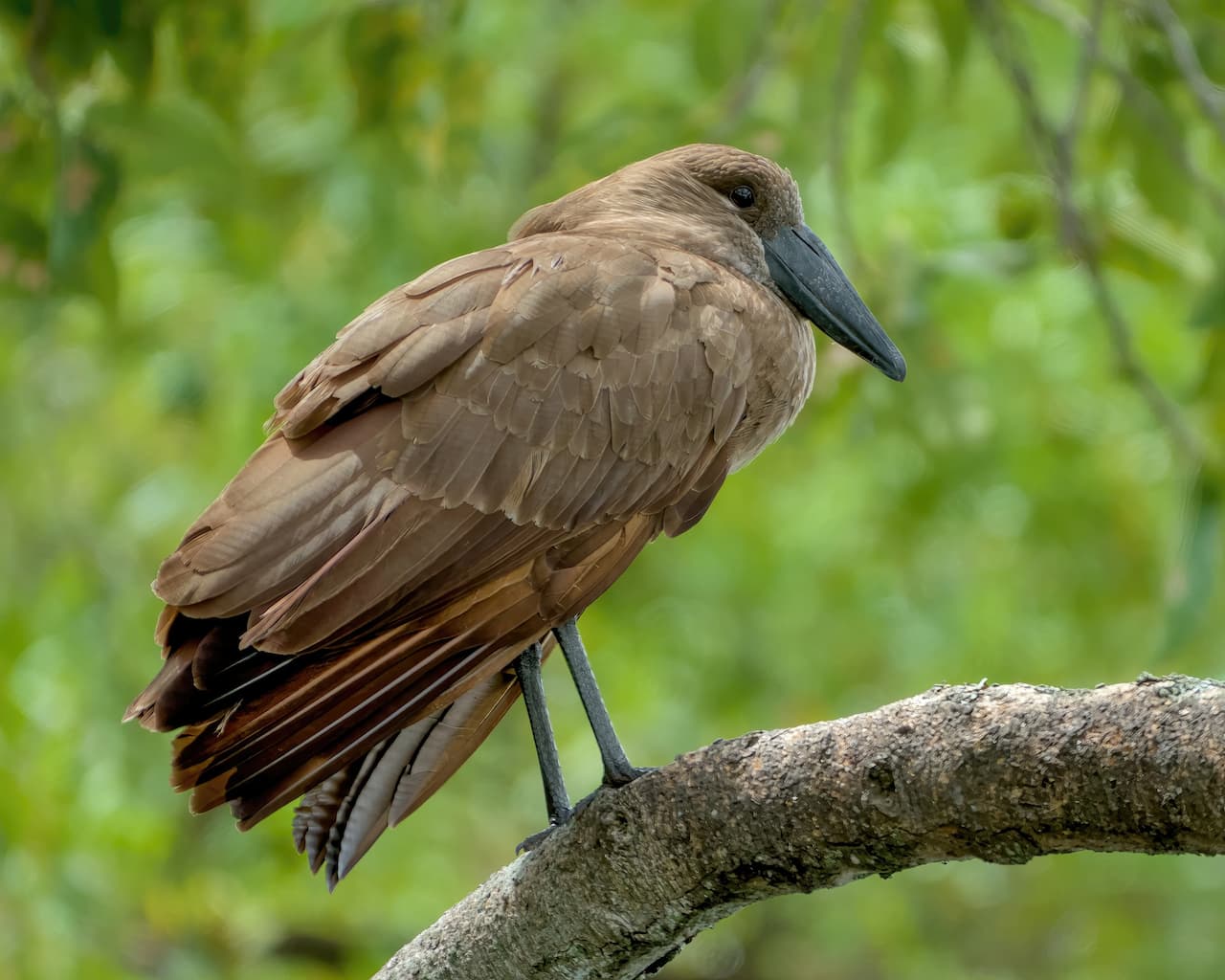The Boat-billed Herons (Cochlearius cochlearius) – or simply Boatbills – are members of the heron family.
Distribution / Range
Their range stretches from Mexico south to Peru and Brazil and South America.
These nocturnal herons inhabit mangrove swamps.

Breeding / Nesting
Boatbills nest in mangrove trees (sometimes in colonies). Their nests are constructed out of twigs.
The averge clutch consists of 2 – 4 2-4 bluish white eggs.
Description
The Boatbill measures about 54 cm in length.
The adults has a black crown and upper backl and a long crest. and upper back. The face, throat and chest are white; and the rest of the upper plumage is rufous with black flanks. The lower back and the wings are pale grey.
The scoop-like, broad bill is massive and black in color.
Juveniles are brown above and and brown-tinged whitish below. They lack the crest of the adult.
Diet / Feeding
Their diet consists of fish, crustaceans, eggs and insects.

Calls / Vocalization
Their calls are described as deep croaks and high-pitched pee-pee-pees.
Please Note: The articles or images on this page are the sole property of the authors or photographers. Please contact them directly with respect to any copyright or licensing questions. Thank you.





